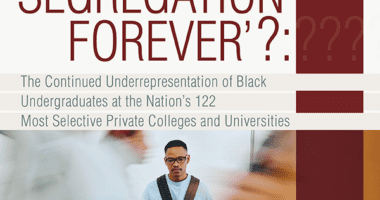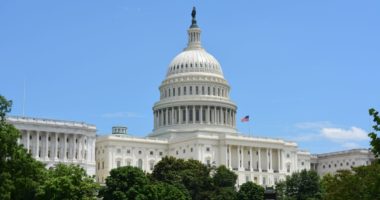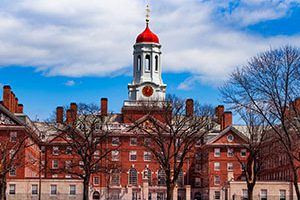It’s Time to Double the Pell Grant
I am proud to be the oldest son of Wilfredo and Lillian Del Pilar. Born in Puerto Rico, my father was a protestant minister. My mother — a New York native — worked diligently alongside him. We moved frequently growing up. In fact, I can recall changing schools seven times. While my parents provided me and my four siblings with a stable home, they were not particularly engaged in our education. To them, that was the school’s job. They trusted teachers and school administrators to make the right educational choices for their children.
Unfortunately, the choice my high school guidance counselor made for me was that I wasn’t college material. He determined early on that high school graduation and a full-time job afterwards should be my goal. As a result, I was enrolled as a teacher’s aide for three classes in a six-period day. No college prep courses. No SAT. No conversation about financial aid options to attend college. Wilfredo and Lillian Del Pilar didn’t have a college degree, and it had been decided that neither would their son.
As a result, I got a full-time job after high school. It wasn’t until I began doing research on colleges that I understood that going to college was even a possibility. I took the SAT, applied to colleges, and completed the FAFSA on my own. The Pell Grant I received (along with the support of family and mentors in college) enabled me to attend college and be the first person in my family to graduate with a bachelor’s degree. I later earned a masters and a Ph.D. Turns out, I was college material.
Because of the Pell Grant, I can now list among my achievements: working at five universities; serving three governors, and currently working as Ed Trust’s vice president of higher education.
Established 50 years ago in the reauthorization of the Higher Education Act, the Pell Grant has been the main source of financial aid for students of color like me from low-income backgrounds In its first year, the grant was awarded to more than 176,000 students and the average award was $269. Since its inception, over 209 million Pell Grants, totaling more than $549 trillion, have been disbursed. Today, more than 7 million students receive a Pell Grant, and the average award is around $4,400.
Unfortunately, the Pell Grant has not kept pace with the rising cost of college. During the 1975-76 school year, the aid was enough to cover three-fourths the average cost of attendance. Now, a Pell Grant covers less than 30% of tuition, fees, and living expenses at four-year public colleges and universities. This is a disincentive for high schoolers. According to a recent report by the National College Attainment Network (NCAN), 44% of graduates did not complete the FAFSA, which left $3.6 billion on the table.
As we celebrate Pell’s 50th anniversary, we join the growing voices to double the Pell Grant. A significant increase would ensure that millions of students will have the opportunity to be the first in their family to attend college and realize their goals.
At Ed Trust, I am proud to advocate for college affordability and push for policies that advance equity for students of color and students from low-income backgrounds. The Pell Grant is a key factor in making college affordable and accessible for millions of students like me. Now is the perfect opportunity to find ways to expand Pell’s reach and meet the needs of a growing body of diverse students. So they, too, can be college material.










